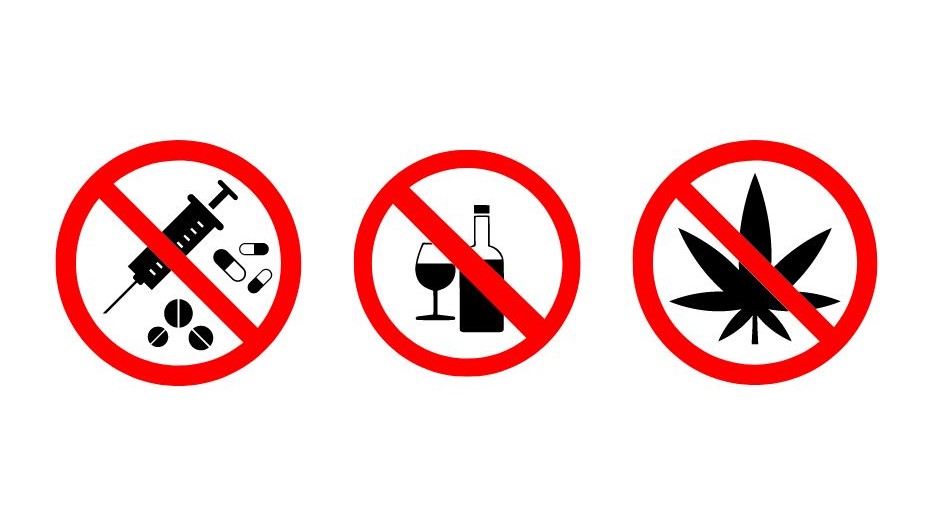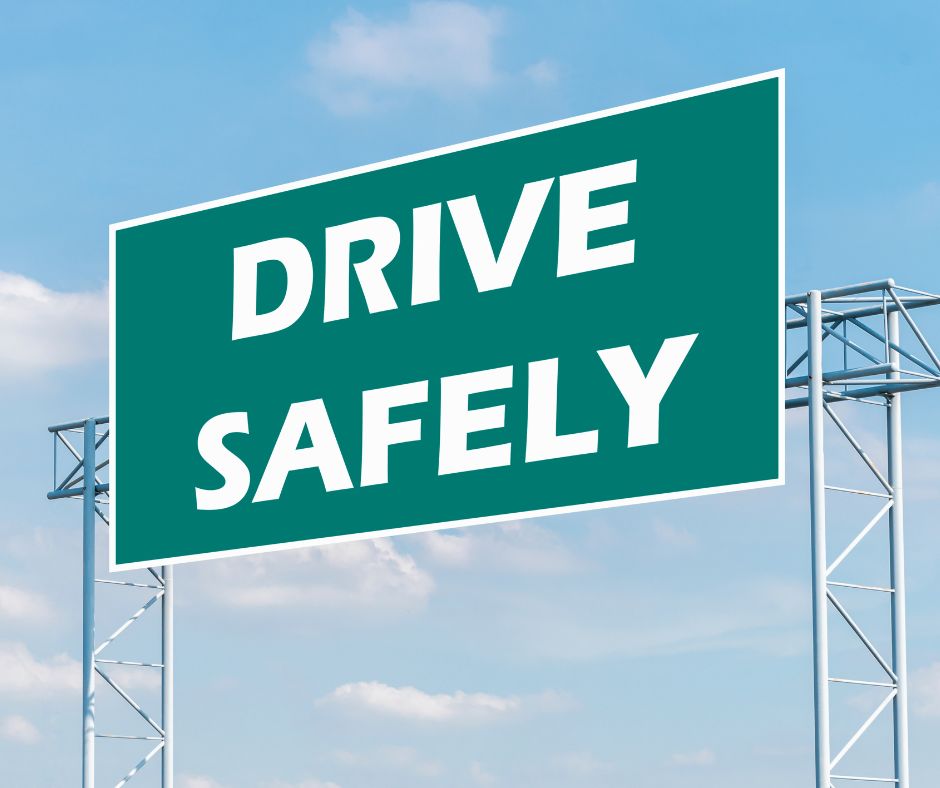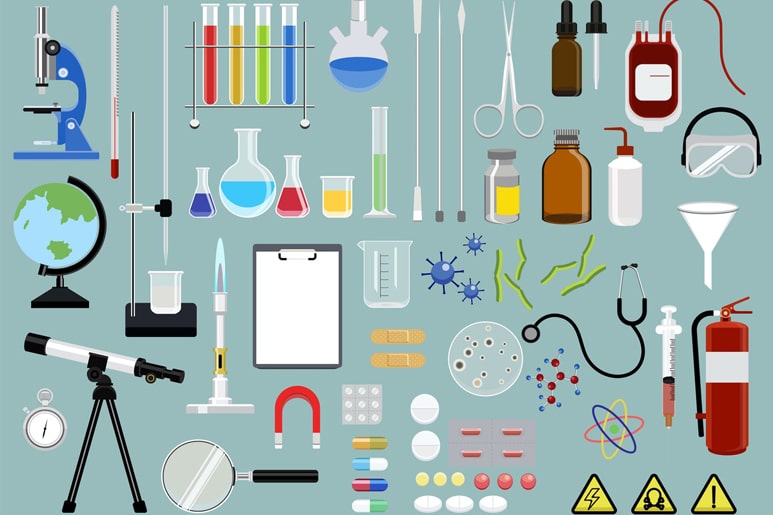Drug and Alcohol Tests: What You Need to Know?
In the modern world, drug and alcohol testing is becoming more common in businesses. It’s because driving under the influence of alcohol or drugs is one of the leading causes of accidents with fatalities and injuries.
Although these tests may be inconvenient, they are a key factor in ensuring the safety of truck drivers and commuters while driving.
Why is it tested?
Unfortunately, drug and alcohol abuse is a major problem in the United States today – meaning many people are either consuming alcohol irresponsibly or taking drugs. In work, these two actions may cause serious injuries, and may lead to serious consequences, such as vehicle damage, personal injury, and even death in some serious cases.

Drug testing is designed to help prevent tragedies such as these by keeping truck drivers and other commercial driving license (CDL) holders safe on the roads. Drug testing can prevent serial users from posing a threat to other truck drivers and civilians, as well as preventing drunk drivers from posing a risk.
When will the test be conducted?
The first round of drug testing for truck drivers is in the process of obtaining a commercial driver’s license. This initial test is to verify that there are no drug or alcohol abuse problems at the beginning. This is an important step in receiving CDL.
The next predictable form of drug testing occurs in truck-related accidents, including deaths, personal injuries, and extradition accidents, as well as damaged motor vehicles that must be extradited and towed.

According to the definition of the Federal Motor Transportation Safety Administration, drug testing may also be carried out in four other situations. This extension of the Ministry of Transportation requires employers to conduct periodic random tests on at least two employees. It can also test when it involves reasonable suspicion, which means that the employer believes that the employee has been using the toxic substance.
Don’t miss out: Top 8 Drugs That Truckers Tested Positive for FMCSA’s Clearinghouse.
The last two drug tests that occurred were when the driver refused to take the drug test, tested positive, or violated the testing policy in any other way. These are considered return-on-duty tests, and once they agree to the test and test negative, the previous offender can be returned to work. Follow-up inspections may be carried out every two months for a period of one year or even four years, and there is reasonable suspicion. For each type of test, the driver must continue to test negative before it can be used.
How is the test conducted?
According to the Federal Motor Transportation Safety Administration, employers must perform the various drug tests mentioned above. They will randomly choose one random drug test from 2 or more employees at a time, and are also responsible for pre-screening (testing before employment), return to work and follow-up testing.

Drug testing is a fairly simple process that can be done quickly and easily, and will protect everyone in the United States from substance-related accidents. The most common drug test involves urinating in a test cup, where the administrator pours the liquid into a test tube and then sends it to the laboratory for testing. Standard drug tests can check for cannabis, cocaine, opium, amphetamine and phencyclidine.
The alcohol test is also very simple and is usually performed using a device called a breath analyzer. This machine requires you to blow in a short time, and it will determine whether you have been drinking alcohol recently. It measures any alcohol concentration of 0.02 and higher.
Final thoughts
Drug and alcohol testing is a necessary component used in the United States of America, and it is designed to protect everyone from the possible harm caused by abuse of these substances. Drug and alcohol testing is part of a simple process and usually takes less than 20 minutes to complete!



